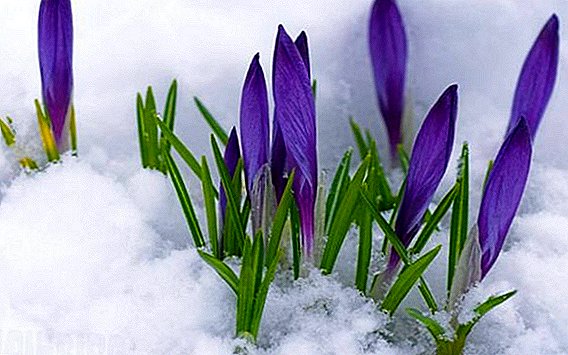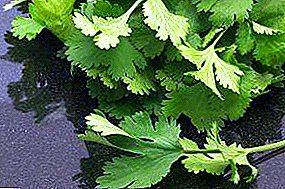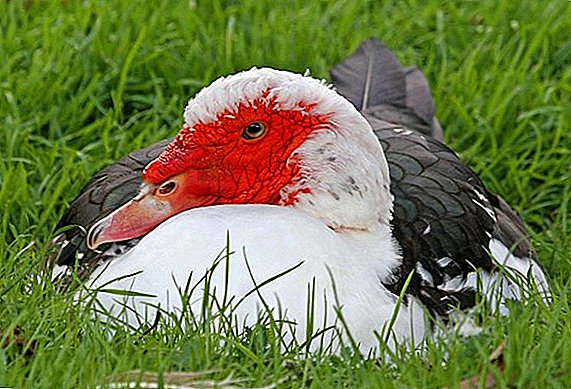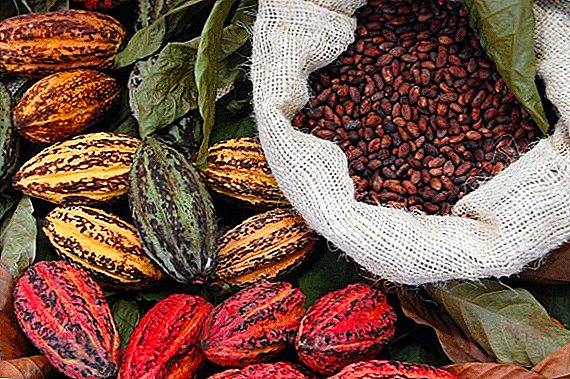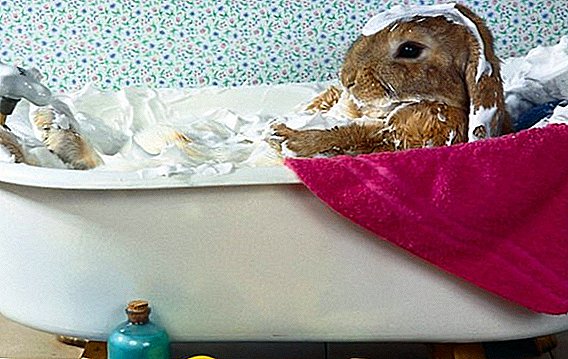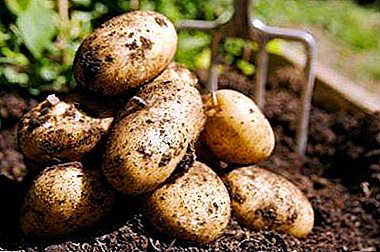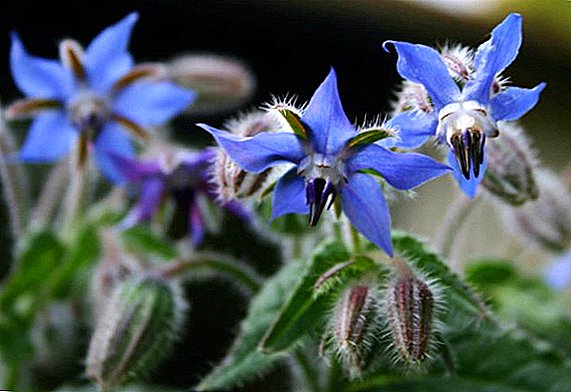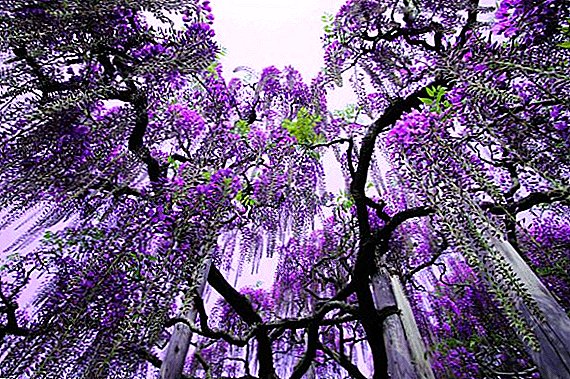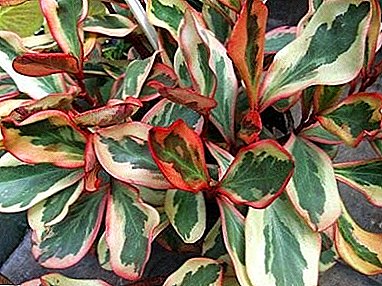
Peperomia (Peperomia) is an extensive genus of evergreen herbaceous perennials (up to a thousand items) belonging to the Peppermint family, characterized by large decorative leaves and up to half a meter high.
The native land of the peachia is kusielist, as well as the others, are the wet tropical American forests, where this perennial grows on a mossy cushion of rocky ledges and the Antilles islands - where old trees become their favorite habitat.
As an ornamental plant, the peachia is violet, and it is cultivated both at home and in the open field of a mixed garden.
general description
 The peperomia kuseliystnaya is a plant that reaches half a meter in height with characteristic large fleshy stems tending upwards.
The peperomia kuseliystnaya is a plant that reaches half a meter in height with characteristic large fleshy stems tending upwards.
The location of the leaves is another - short roots are also characteristic, most often not more than a centimeter.
Themselves leaves are obovoid forms with a notch at the top and a wedge-like base are juicy and fleshy, painted in dark green tones with reddish reflections and a narrow figured border of a royal purpura tinge on the edge.
On the smooth outer surface of the leaves no shine, and the lower part is cast in red.
The flowering is spike-shaped (occasionally the tip is curved), dense inflorescences are collected from the smallest flowers of milky color with a slight golden tint.
A photo
Visually familiar with the plant peperia kuszelistnaya can be on the photo:


Home care
The peperomia of the sturgeon is simple both in breeding and daily care in the home. Plant unpretentious, tolerates shady places and artificial lighting, but fears drafts and low temperatures.
Care after purchase
After buying the plant should right away transplant into a slightly larger container by adding fertile land. Trim or extra top dressing peperomia are not required, which makes this indoor plant ideal for beginner amateur growers.
Pruning
After the plant takes root, you can pinch tops of shoots.
Watering
 Peperomy irrigation should be treated Caution, because overflow threatens to rotting roots.
Peperomy irrigation should be treated Caution, because overflow threatens to rotting roots.
The plant should receive water regularly, but strictly measured in small portions with the mandatory drying of the land between waterings.
The gaps should not be too large so that the leaves do not start to dry out.
In the autumn-winter period, the perperium is watered less, carefully making sure that the soil remains warm.
The fleshy leaves of the peperomia of the malus are well tolerated by dry air, therefore spray they are worth only summerin warm or hot weather.
Excessive watering or increased humidity in the room leads to a sharp deterioration the state of the plant - its leaves fade, become deformed or become covered with moist spots, petioles, roots and stems rot, becoming covered with gray or pinkish-white fungal patches.
Landing
Before the start of cultivation
For disembarking, it is advisable to take wide, but low pots, as the peperium has an underdeveloped and easily damaged root system. Because of the danger of waterlogging and rotting tender roots in the planting tank should there should be drainage holes and backfilling (coal or gravel) with a layer of at least 5-6 centimeters.
Reference! The optimum mix for planting is turf, peat and sand in a ratio of 2: 2: 1.
Transfer
Every year, only young plants are transplanted in the summer months, for perperomy after the third year of life, transplantation should be done no more than 2 years later.
Attention! It should not be used for replanting heavy soil because of the risk of root rot.
Breeding
 Peperomia can be diluted in several ways.
Peperomia can be diluted in several ways.
Seed propagation - at which seeding is performed in flat containers with low sides, filled with a mixture of sand and soil in equal proportions.
After sowing, the container must be closed with glass and germinated at a temperature not less 24 degrees, periodically moistening the soil until the sprout rolls out the first pair of leaves.
Seedlings dive into a common box at a distance of a couple of centimeters from each other and put in a well-lit room, avoiding, however, direct sunlight.
In addition to this method, it is possible to propagate this indoor plant by rooting cuttings.
Temperature
Peperomia is thermophilic plant and with a decrease in temperature begin to hurt, so even in the winter in the room should be not below 20 degrees.
Lighting
Plant loves bright lighting, and never mind - artificial or natural, but if necessary, it can carry a small shadow without any special harm to itself.
Attention! It should be avoided - direct sunlight, burning leaves.
Benefit and harm
According to the observations of specialists, peperomy is considered to be a fairly friendly plant and is well suited to people in conflict situations or controversial family relationships.
Diseases and pests
 Although the plant itself is fairly resistant to external influences, it is considered a weak point tender root system.
Although the plant itself is fairly resistant to external influences, it is considered a weak point tender root system.
When there is an excess of moisture in the soil, peperomy is exposed danger root rot and root collar, from which you can get rid of only by transplanting and completely changing the soil.
Of the pests for peperomia, only mealybug, which helps the alcohol treatment of leaves.
Kuszelistnaya peperomiya - a wonderful example of unpretentious and friendly indoor plants, looking great in any interior.


